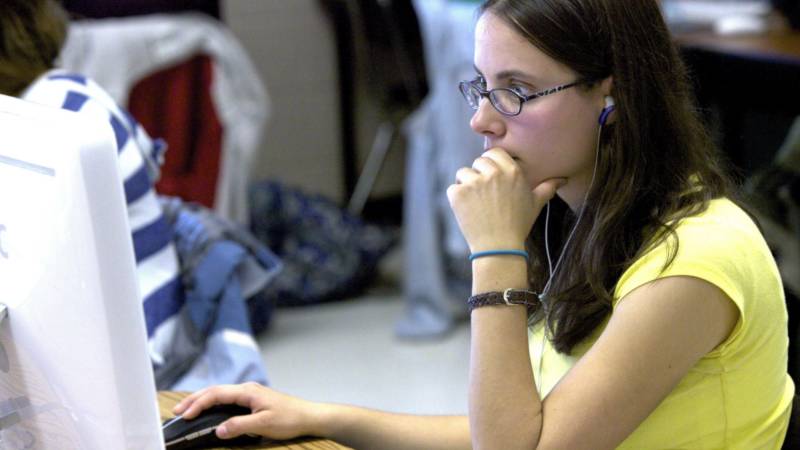It’s time for the first assessment of the new school year, and I’m ready to challenge my chemistry students with a new and improved one: “Trends in the Periodic Table of Elements.” Not only is this test completely digital, it’s also free of multiple-choice questions. Instead of A, B, C or D choices, students will demonstrate their content knowledge through short numeric or drawing responses.
Not long after my students began the assessment, a hand went up. There was confusion about a question. After inspecting the question, which is about nuclear decay and half-lives, I realize I made a mistake in the numbers I provided.
Luckily, Goformative, the Web-based assessment program I use, allowed me to make changes even after the test-taking had started. I made the changes immediately and quickly informed students to refresh the pages on their tablets.
Every time I give a formal assessment, I suspect a few students are opening up other tabs and researching for information that might help them answer a question — something that is, obviously, not allowed. During this assessment, I was unable to catch anyone in the act of cheating, and I didn’t have the capabilities of seeing all of my students screens from my computer. But I was reminded that I needed to find an effective way to prevent students from opening additional windows on their browsers or accessing other applications while taking a test. Earlier this summer I was playing around with some possible solutions through Guided Access (an iPad setting), and I look forward to trying it in a future assessment.
During this first assessment, I opened a feature on my computer called Live Results, which allowed me to monitor students’ progress from start to finish. I could also look at each question individually and, on one screen, I could see all of my students responses, framed within text boxes for the given question.
